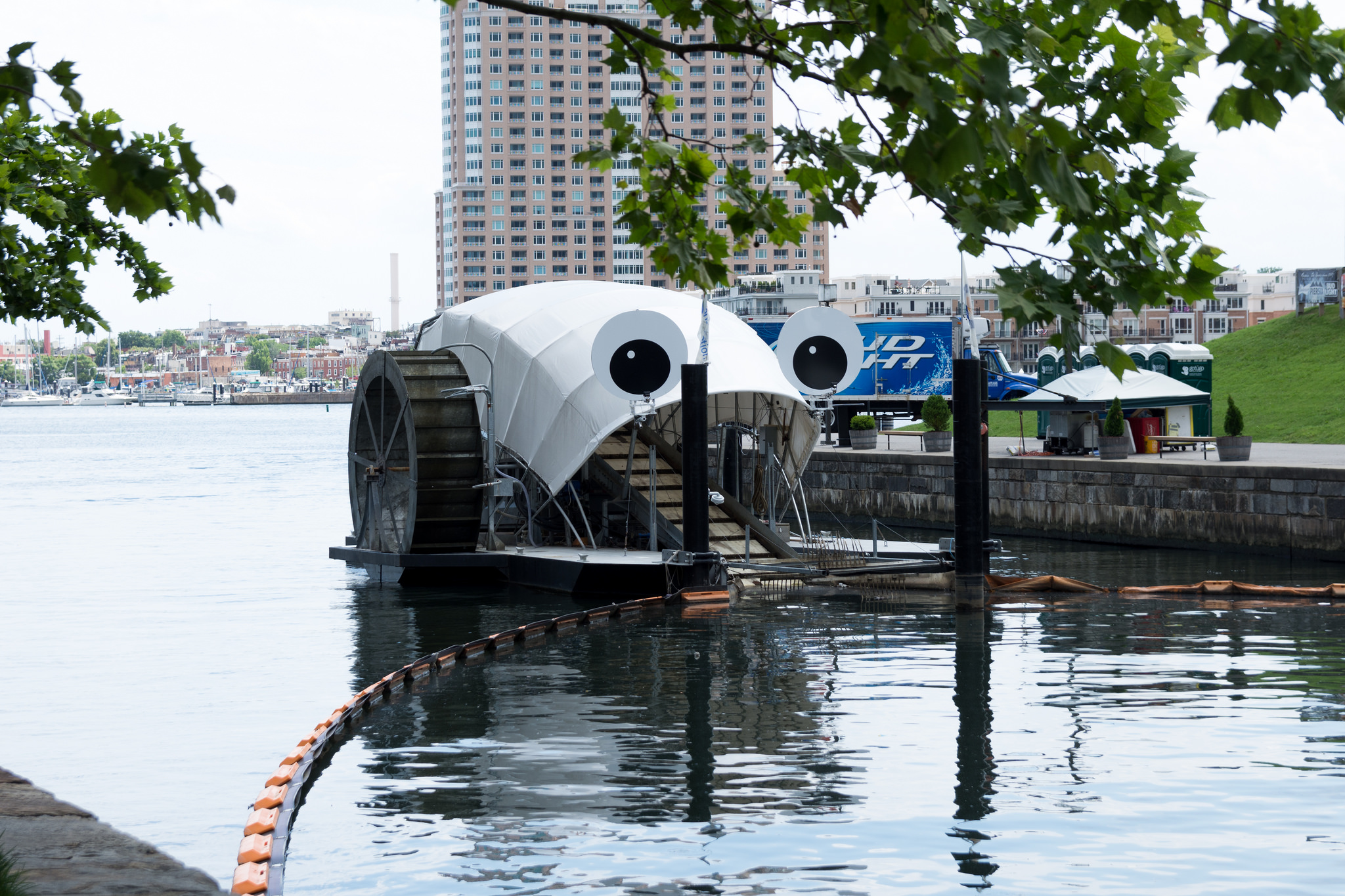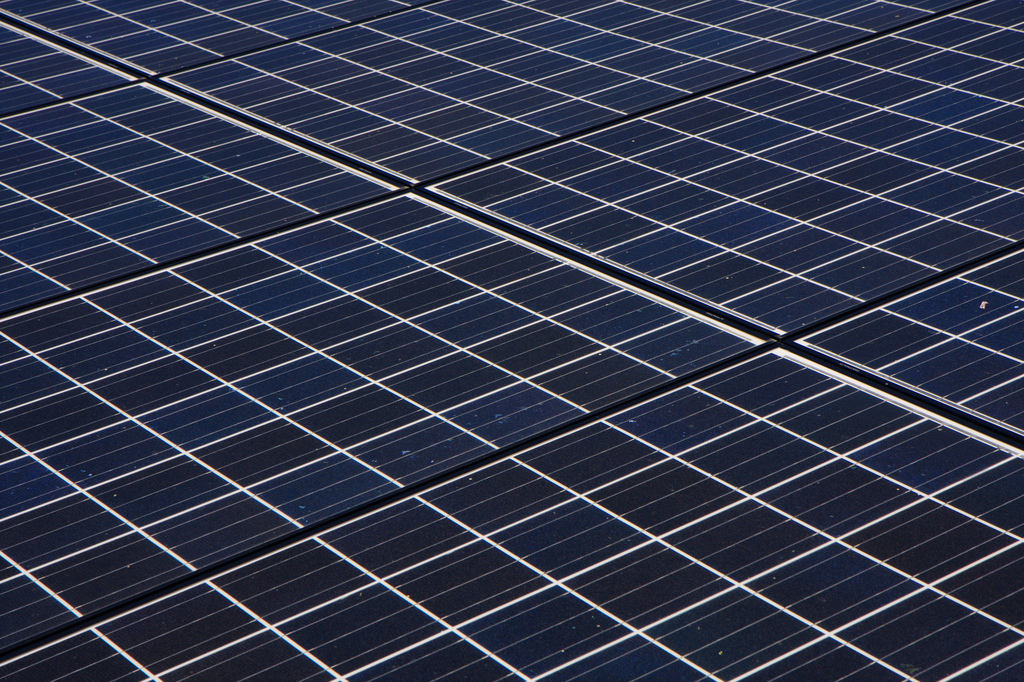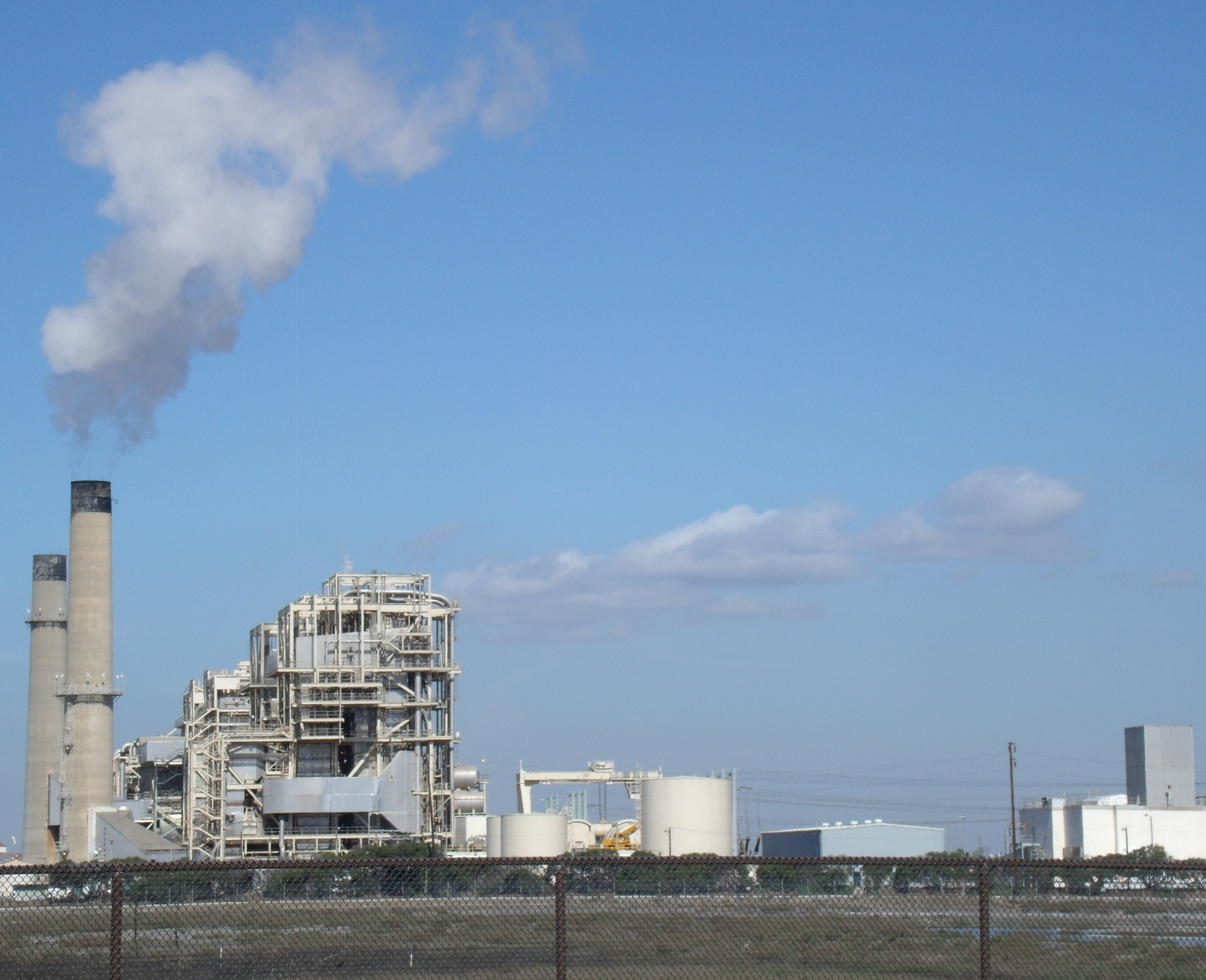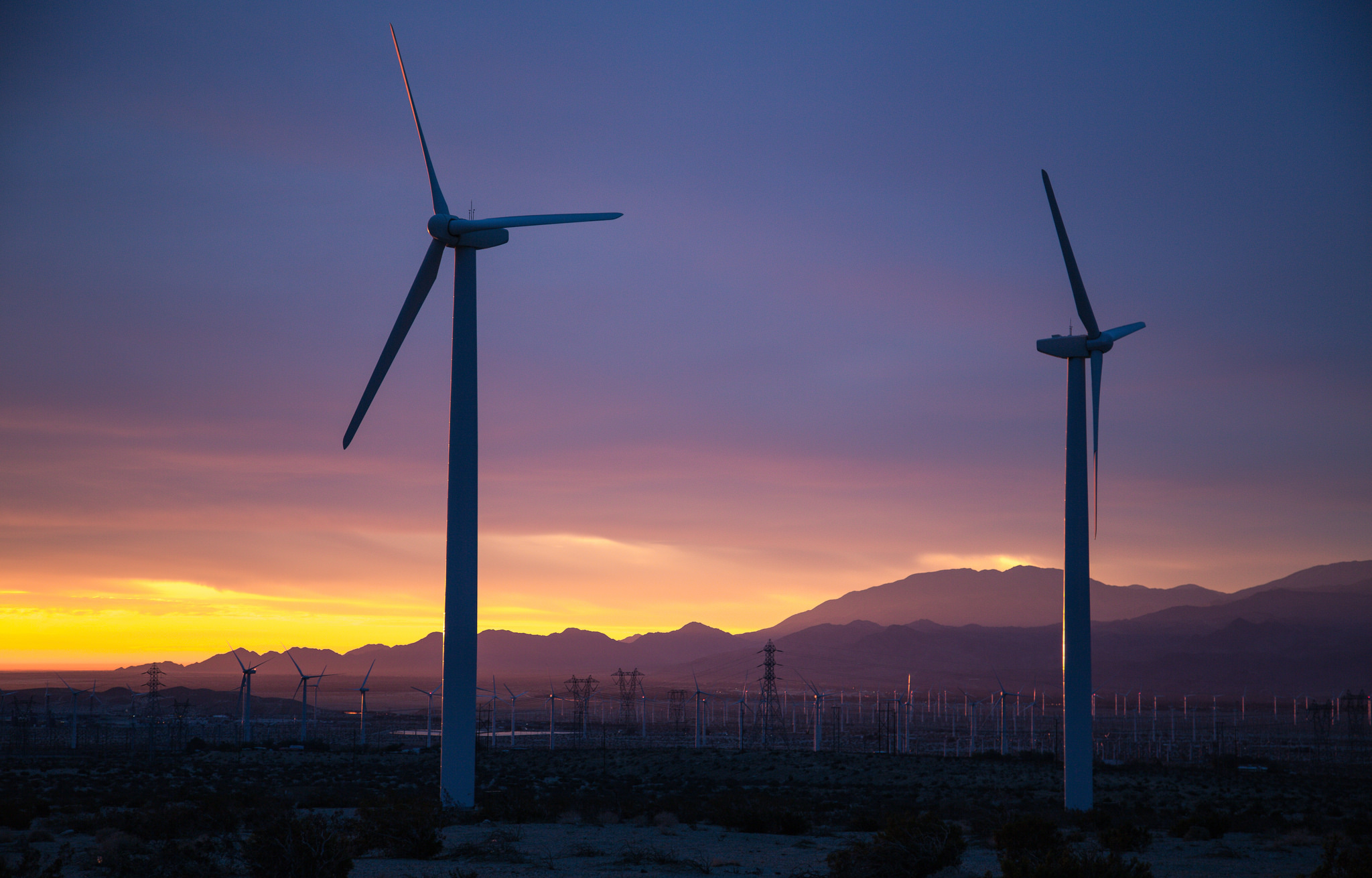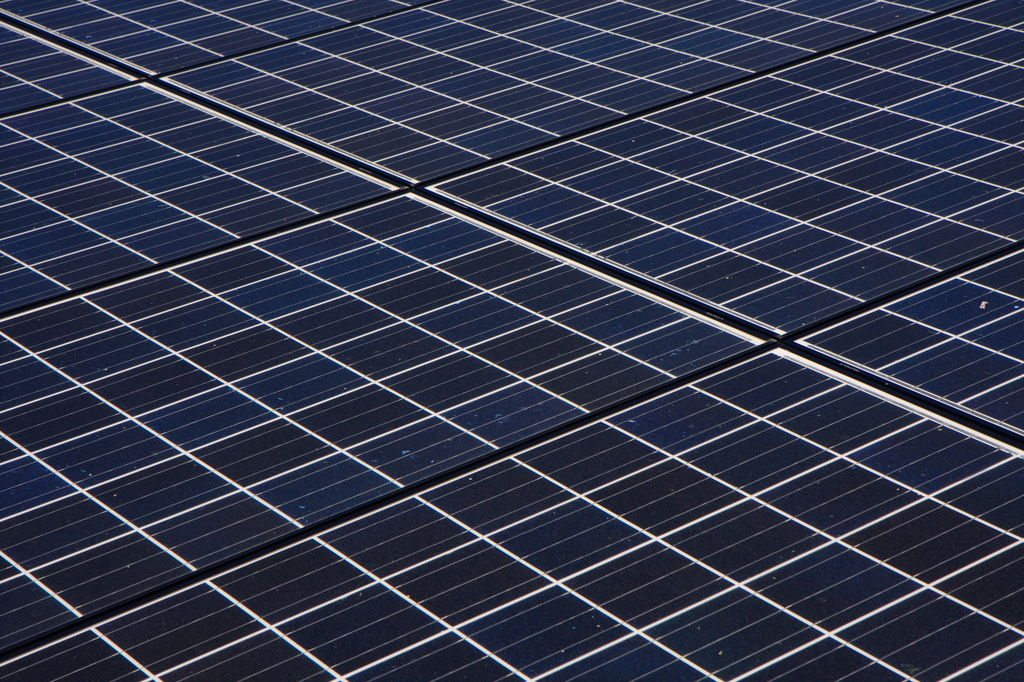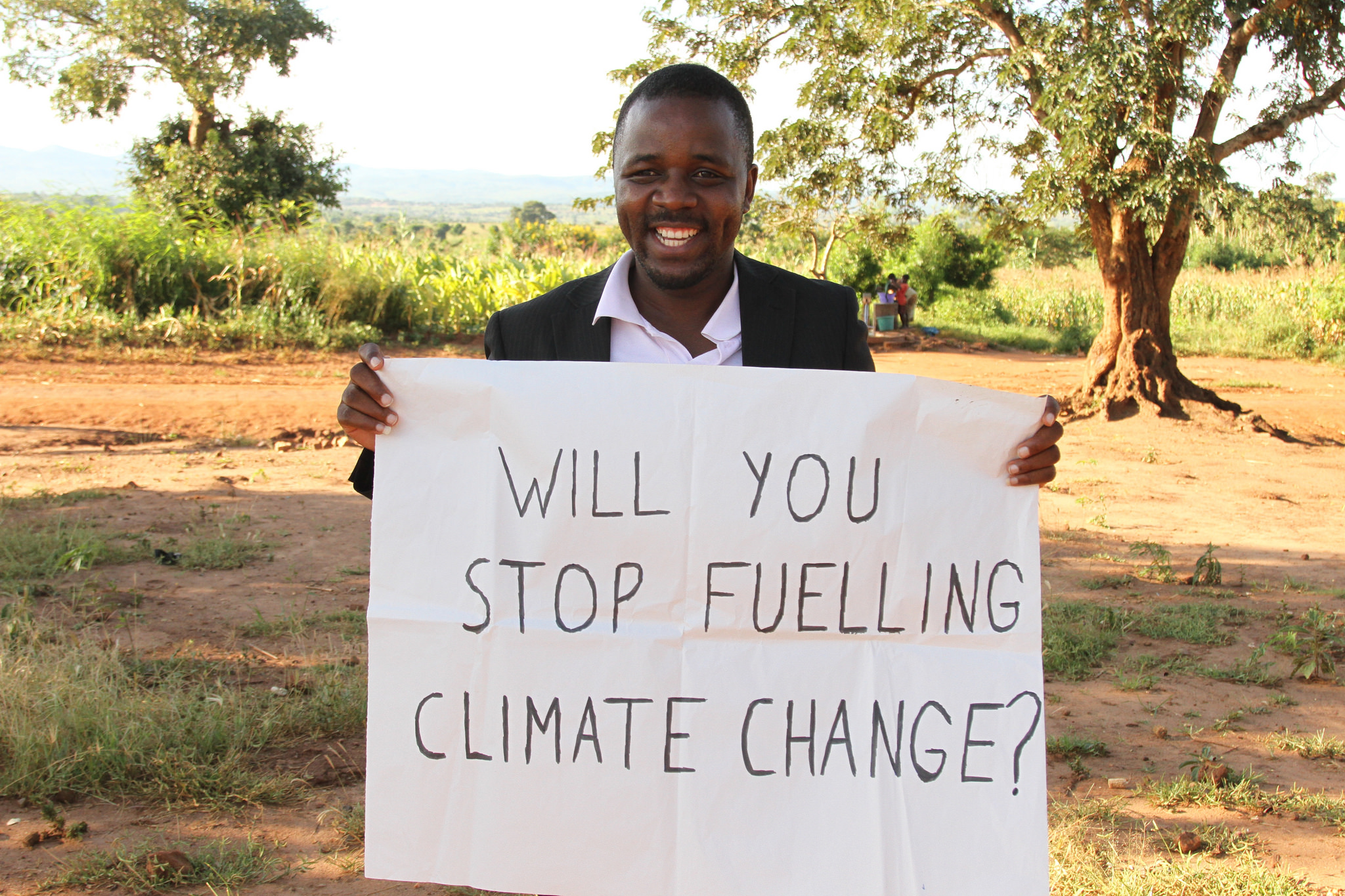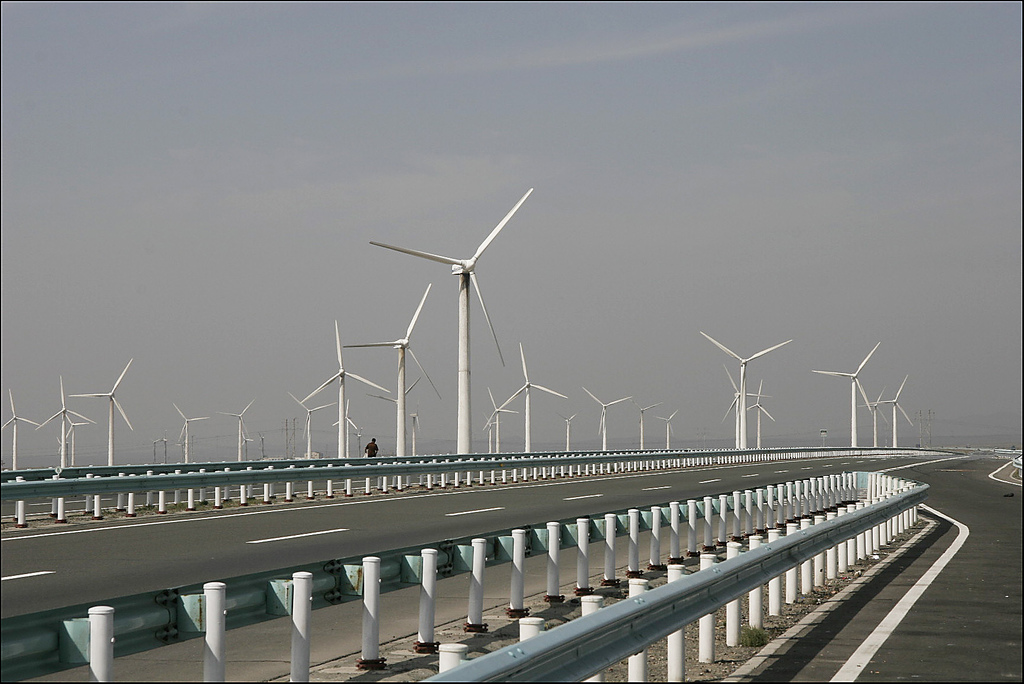solar
New York’s Solar Boom
New York Governor Andrew Cuomo recently announced that the state’s support for solar power initiatives has resulted in an 800% increase in industry growth since 2011. New York’s various renewable energy programs have resulted in $1.5 billion in investments. The NY-Sun Initiative has produce a 10-fold increase in solar projects in several regions of the state. The Mohawk Valley led the way with an almost 16-fold increase in solar capacity.
Islands Ditching Diesel
Islands around the world have a difficult time developing the infrastructure for electricity generation. Many are simply too small or too poor for conventional power plants. The most common electricity source on islands is diesel generators which are not environmentally friendly and result in some of the most expensive electricity in the world.
Solar Power In China
Installations of solar power continue to increase rapidly around the world and in no place more than China. By the end of 2016, total solar generating capacity in China reached 77.4 gigawatts, making it the largest producer of solar energy in the world. Globally, there is a total of 228 gigawatts of solar power installed, although that number keeps changing rapidly.
A New Low-Cost Battery
Batteries have never been more important. Not only do we all depend on cell phones, tablets and laptop computers that run on batteries, but two enormous industries are in major transitions that rely upon battery technology: personal transportation and the utility industry. The electricity grid is increasingly turning to solar and wind power for generation and both will require effective energy storage if they are to truly become the predominant sources of electricity.
The Largest Battery Storage Substation
At the end of last year, Southern California Edison turned on the largest lithium-ion battery storage facility in the world in Ontario, California. It is a substation with 80 megawatt-hours of capacity, enough energy to power 2,500 households or charge 1,000 Tesla cars a day.
The Success Of SunShot
Back in 2011, utility-scale solar power cost a little over $4 per watt on average. In February of that year, former Energy Secretary Steven Chu announced the SunShot initiative, which had the goal of reducing the total cost of photovoltaic systems by 75% to the target value of $1 a watt by the year 2020.
Corporations To The Rescue
Regardless of the new administration’s position on climate change, America’s corporations have assumed a leadership role in the country’s ability to meet and beat previous domestic climate pledges.
Positive Environmental News
From melting Arctic ice to dying coral reefs to rising sea levels, there was no shortage of grim environmental news in 2016. But the news wasn’t all bad. There were several bright spots for the environment last year as well.
Reduced Emissions From Electricity Generation
A recent report from the Energy Information Administration notes that for the first time in 40 years, carbon dioxide emissions from electricity generation are less than those from transportation. The reason is that power plants nationwide are abandoning the use of coal and turning to cleaner burning natural gas, as well as newer sources such as solar and wind power.
[Read more…] about Reduced Emissions From Electricity Generation
2016 Carbon Progress Report
Last year was a big year for progress in the U.S. power sector. Renewable energy provided nearly 17% of the country’s electricity, up from 13.7% in 2015. The first offshore wind farm in the U.S. opened off the coast of Rhode Island. And most significantly, carbon emissions from the power sector continued to decline and reached the lowest levels in nearly 25 years.
Clean Coal For Real
We have heard the term “clean coal” for years, mostly from politicians and in coal company advertising. The concept sounds good: burn coal but don’t produce carbon dioxide emissions. While there have been various small-scale tests of technologies to accomplish this, it has not actually been a viable option for the power industry.
Cheap Wind And Solar Power
Multiple studies are now reporting that wind and solar power are the cheapest way to make electricity in a growing number of places around the world. A thorough analysis of the levelized cost of energy – which considers every cost component from capital expenditures to operating and maintenance costs over a lifetime – shows that solar and wind power are winning the day.
Clean Power Is Cheap Power
There are many good reasons why we should be making the transition from fossil fuel energy sources but the one that is likely to be the most persuasive is strictly economic. It has long been said that the renewable energy future will truly arrive when installing new solar panels is cheaper than a comparable investment in coal, natural gas, or other options.
Is Coal Coming Back?
The new administration has promised to revitalize the coal industry in the U.S. A major part of this plan is to eliminate various regulations that hamper that industry. But the truth is that coal has lost ground for far more important reasons than regulation.
Storing Energy In An Old Mine
An abandoned, centuries-old iron mine in the Adirondacks about 100 miles north of Albany, New York may become the site of a new hydroelectric energy storage system. The mine in the tiny hamlet of Mineville near Moriah, New York contributed iron for the first naval battle of the Revolutionary War that took place on Lake Champlain. The mine hasn’t been used in over 45 years.
More Renewables On Campus
We recently talked about the increasing efforts by colleges and universities to embrace sustainability with the use of renewable energy sources. Those efforts are increasing in many places.
Solar Power And African Food Security
Some of the poorest countries in the world are unfortunately among the most vulnerable to the effects of climate change. Malawi, for example, has 90% of its population in rural areas and 80% of its labor force is associated with agriculture.
China As Climate Leader
China and the United States today produce nearly half of the world’s carbon emissions, so the fight against global climate change depends greatly upon what actions the two countries take. China has undergone a dramatic transformation over the past twenty years from a largely rural society to one that is far more urbanized and far more energy intensive. In 1997, when the Kyoto Protocol on climate was negotiated, China was only responsible for 14% of global CO2 emissions. It then surpassed the US on that front in less than 10 years and now accounts for nearly 30% of the world’s emissions.
